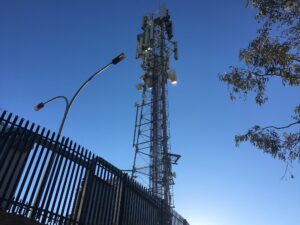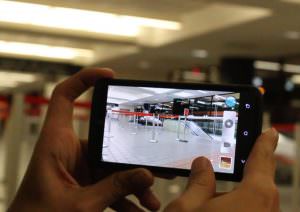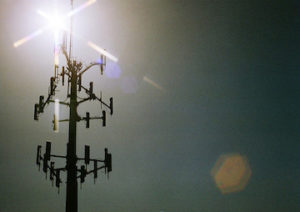The FBI, Wiretapping and You
Not to be deterred by new developments in digital technology, the FBI laid the groundwork for its current DCSNet (Digital Collection System Network) wiretapping system during the Clinton years, allowing agents to just point 'n' click their way into the nation's land lines, cell phones and Internet telephony networks.
Not to be deterred by new developments in digital technology, the FBI laid the groundwork for its current DCSNet (Digital Collection System Network) wiretapping system during the Clinton years, allowing agents to just point ‘n’ click their way into the nation’s land lines, cell phones and internet telephony networks.
Your support matters…Wired:
FBI wiretapping rooms in field offices and undercover locations around the country are connected through a private, encrypted backbone that is separated from the internet. Sprint runs it on the government’s behalf.
The network allows an FBI agent in New York, for example, to remotely set up a wiretap on a cell phone based in Sacramento, California, and immediately learn the phone’s location, then begin receiving conversations, text messages and voicemail pass codes in New York. With a few keystrokes, the agent can route the recordings to language specialists for translation.
The numbers dialed are automatically sent to FBI analysts trained to interpret phone-call patterns, and are transferred nightly, by external storage devices, to the bureau’s Telephone Application Database, where they’re subjected to a type of data mining called link analysis.
Independent journalism is under threat and overshadowed by heavily funded mainstream media.
You can help level the playing field. Become a member.
Your tax-deductible contribution keeps us digging beneath the headlines to give you thought-provoking, investigative reporting and analysis that unearths what's really happening- without compromise.
Give today to support our courageous, independent journalists.





You need to be a supporter to comment.
There are currently no responses to this article.
Be the first to respond.